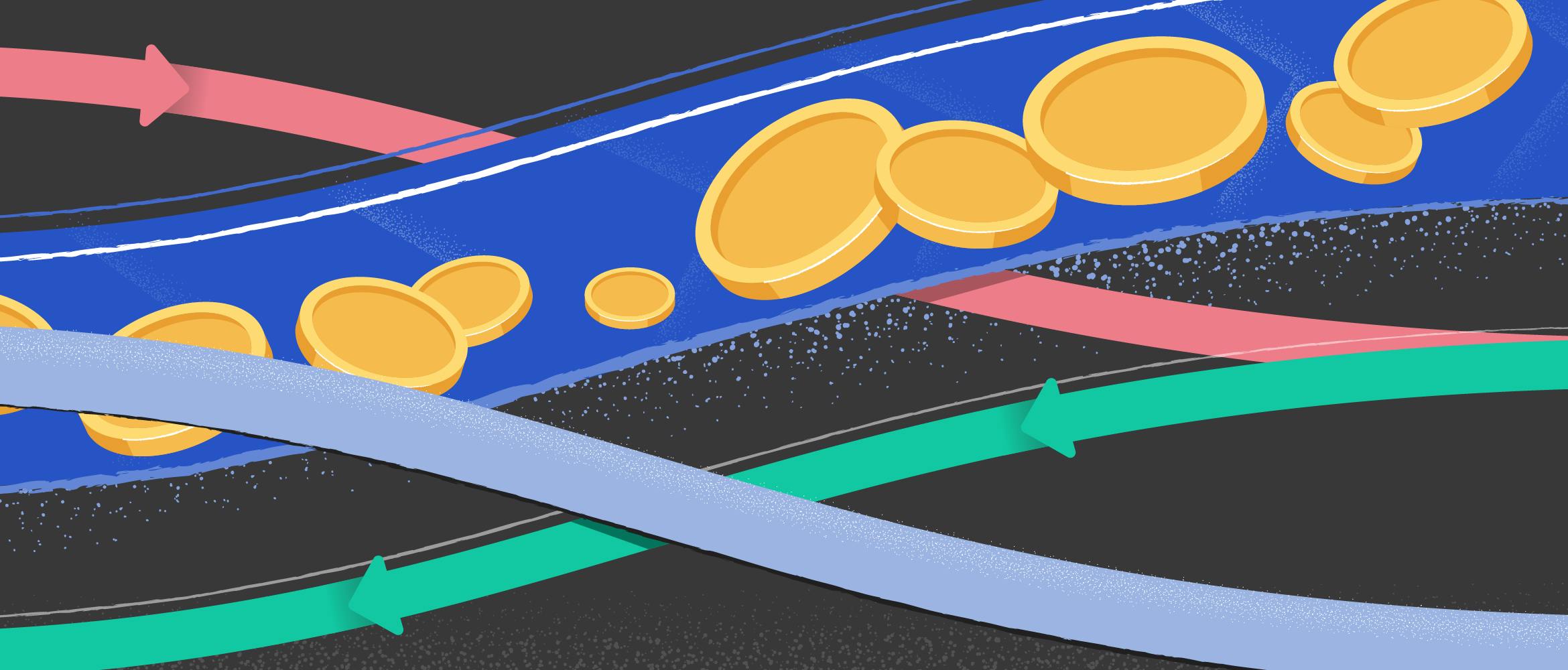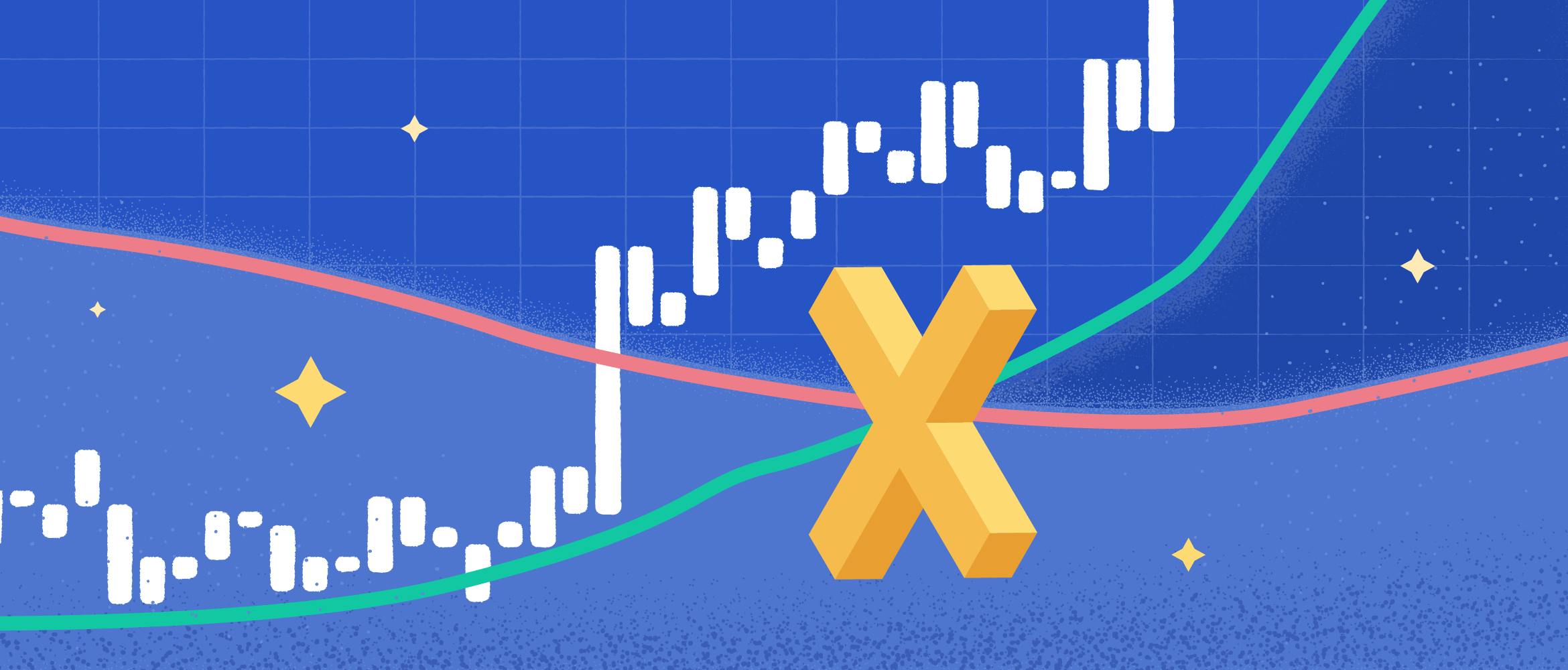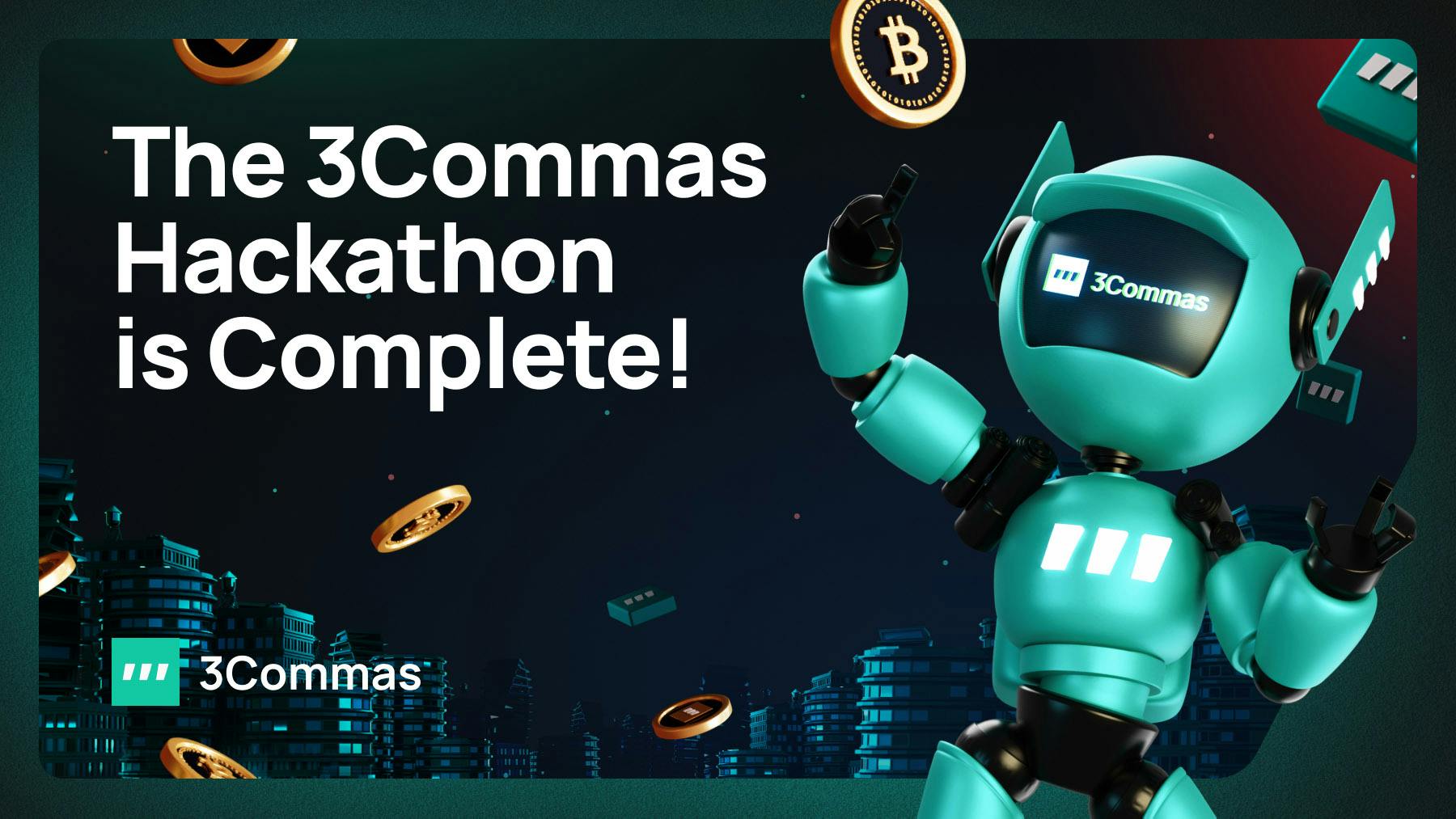
- All
- Tools
- Analytics
- Technical Analysis
- Trading
- Blockchain
- DeFi
- Guides
- Company News
- Educational
- Opinion
- Price Predictions
- Market News
- News
- Trading cases
- Practical guides
- Exchanges
- Trading signals
- Cryptocurrency
- Crypto bots
- Other
Become a crypto master
Learn everything about crypto,
trading and bots

Get better performance from Grid bots by deleting grid lines
Discover how the latest advancements in grid bot technology, including adaptive adjustments, AI enhancements, diverse strategies, and enhanced risk management, are revolutionizing cryptocurrency automated trading. Learn about features like Trailing Up/Down, AI-driven parameter adjustments, and Stop Bot capabilities that enhance performance and safeguard trades in volatile markets.
Start Trading on 3Commas Today
Get full access to all 3Commas trading tools with free trial period

Grid bots are a powerful trading tool when tuned to the market conditions
Let’s start with a quick recap of what a Grid bot does and what market conditions it works best in. When the market for an individual token is stuck swinging up and down without any consistent upwards or downwards trends, it’s called a sideways market. Think of a token that swings between $8-10 in price and has been doing that for weeks or months.
To a hodler, this is a dead coin that they don’t want because it’s not showing a long-term potential to accelerate upward and deliver a big return on investment. But to a trader with a good grid bot, this coin is a money-printing opportunity because they can take advantage of the up and down somewhat predictable pattern of the coin.
Using a grid bot, the trader sets up a horizontal grid of buy and sell lines at different price points. If we use the example of the coin that fluctuates between $8-10, as the coin dips down below the $9 median baseline, the bot buys the coin in increments at each grid line. If the trader has the grids $0.10 apart, then it will buy some points at $8.90, more at $8.80, and continue until it hits the bottom grid line of $8.10. It’s generally considered best practice to put your lowest grid line above, not at, the support price.
Then when the coin starts swinging back upwards, the bot will start selling in increments at each gridline. So it will sell some coins at $9.10, some more at $9.20, etc. until it hits $9.90. Much like putting the final buy line at the support price point isn’t a best practice, putting the final buy line at the resistance price line is also not usually considered to be a wise choice by experienced traders.
So now we’re clear on how a Grid bot works and what kind of market conditions it excels at, let’s take a look at what we can do to make sure it’s giving the best performance.
Delete or expand upper and lower grid lines to tune your Grid bot for max profitability.
Market conditions can change quickly, even in sideways markets, and a common thing is for traders to discover that support and resistance lines for the token they’re trading have changed.It could be that the price range has contracted, or it could have also grown a bit more volatile and expanded.
So here’s what experienced traders in our community recommend you do. If your grid lines are too wide, and your bot is leaving funds allocated to those lines idle, then you need to delete some of your upper and lower grid lines. You can do this by editing your bot to set new upper and lower limits, but this will cancel all the orders your bot has placed. Your bot can alway place new orders, but you might miss out on a few profitable trades while you’re reconfiguring. As a solution, you can simply delete the upper and lower grid lines that don’t have any active orders to dial your bot into the current active price range of that token. You won’t miss out on any orders, and you won’t miss out on any profits.
In the second case, when the support and resistance levels have expanded beyond your grid, unfortunately you will need to stop your bot to edit it. We suggest you look at the timing of your trades and try to pick a time where your bot is showing the least activity. It’s pretty simple from there. You can either add more lines to your existing grid, or you can recalculate your grid to space out your lines more. As we stated at the beginning of the article, best practice is to set your highest line below the resistance level, and your lowest line slightly above the support level.
One last example involves adding a stop-loss order between your upper and lower limits. Unfortunately the bot does not allow this. If you want to prevent a possible imbalance in the existing grid, you can individually delete only those orders that prevent your new stop loss from being placed closer.
We hope this helps you optimize your grid bots, or to try one out for the first time. It’s pretty easy, you just need to look at the charts and find a token that’s been moving sideways consistently and then set up your bot using the appropriate settings.
2025 Update: Advanced Grid Bot Strategies and Features
In the evolving landscape of cryptocurrency trading, automated trading bots—particularly grid bots—have become more sophisticated, integrating advanced features to adapt to dynamic market conditions.
Adaptive Grid Adjustments
Modern grid bots now offer Trailing Down and Trailing Up functionalities. These features enable bots to automatically adjust their grid levels in response to market price movements, ensuring that trading strategies remain effective without constant manual recalibration. This aligns with broader trends in auto crypto trading bot development, where responsiveness and hands-free execution are key to user adoption.
AI-Enhanced Trading
The incorporation of AI allows grid bots to analyze live market data and adjust trading parameters in real time. These enhancements—central to any ai crypto trading bot or ai bot for crypto trading—improve the bot's ability to respond to volatility while reducing the need for continuous oversight. This is especially useful for institutional users and professional traders running multiple bot trading crypto strategies across volatile altcoin markets.
Diverse Strategy Implementation
Traders can now select from a range of predefined strategies—such as Rising, Stable, To the Moon, Reversal, and Falling—tailored to specific market trends. This variety reflects the growing demand for cryptocurrency automated trading bots that allow configuration based on user risk appetite, trading horizon, and coin selection.
Enhanced Risk Management
The Stop Bot feature enables users to define specific conditions that automatically halt bot operations when triggered. This function is crucial in safeguarding trades during sharp downturns, especially for users running a crypto grid bot on leveraged altcoin positions. Professional-grade tools like these set the standard for today's automated crypto trading platforms, which now prioritize capital preservation alongside opportunity capture.
These advancements reflect a significant shift towards more intelligent and responsive crypto bot trading software, catering to the needs of professional traders and asset managers seeking efficiency, scalability, and precision in an increasingly algorithm-driven market.

A proven leader, successful at establishing operational excellence and building high-performance teams with a sharp focus on value creation and customer success.






